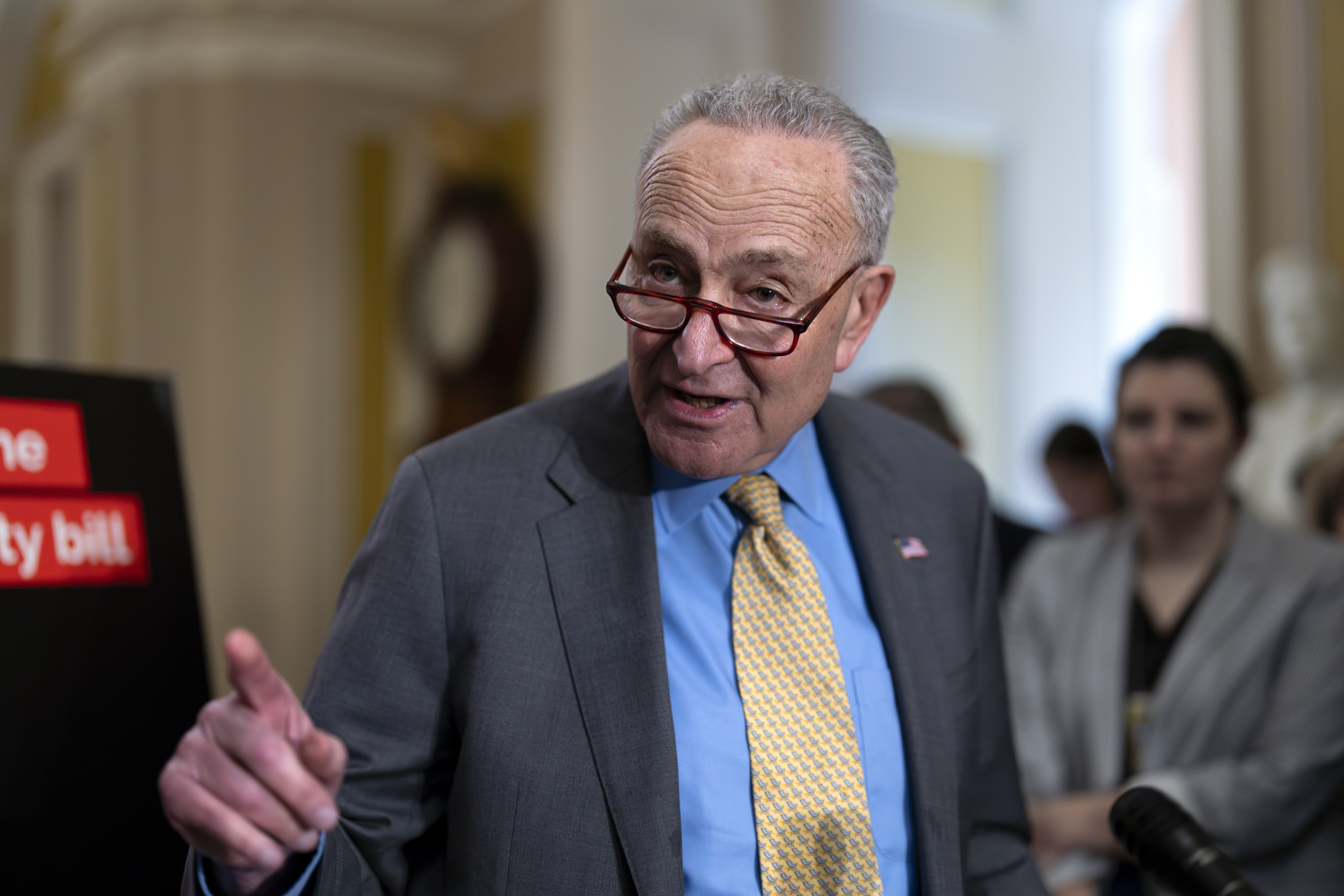With a career spanning four decades and around 70 films, Rick Baker has long reigned as the preeminent special effects makeup artist in Hollywood.
His achievements include a mastery of shockingly lifelike simians (including 1976’s “King Kong," “Greystoke; The Legend of Tarzan,” “Gorillas In the Mist,” “Harry and the Hendersons” and 2001’s “Planet of the Apes”) and the creation of 30 years’ worth of definitive screen werewolves (in “American Werewolves In London,” “The Howling,” Michael Jackson’s iconic video “Thriller,” “Wolf” and 2010’s “The Wolfman”).
His exotic aliens have filled everything from the original “Star Wars” cantina scene to “Men In Black’s” bustling headquarters. He’s transformed Eddie Murphy into “The Nutty Professor’s’” Klumps, Robert Downey, Jr. into “Tropic Thunder’s” Kirk Lazarus, Ron Perlman into Hellboy, Jim Carrey into the Grinch, Martin Landau into “Ed Wood’s” Bella Lugosi and is currently altering Angelina Jolie into Sleeping Beauty’s nemesis Maleficent.
A stunning array of Baker’s endlessly creative alien creations are on display in “Men In Black 3” (now on Blu-ray) and on Nov. 30 Baker will be honored by the legendary Hollywood Walk of Fame. His sidewalk star will be placed in front of the Guinness World Records Museum – fittingly, as during the ceremony the makeup artist will be entered into the Guinness Book of World Records not once but twice: he holds the record in the makeup category for both the most Academy Awards nominations (with a dozen nods) and wins (with seven Oscars).
Baker peels back the mask on a singular career crafting movie magic:
How did “MiB3” compare to the other movies with your creative involvement, as far as pitching notions and concepts up front?
The big difference in the first movie is that Barry [Sonnenfeld, the trilogy’s director] didn't know me, hadn't worked with me before, and he learned through the course of the movie to trust me, actually, and I came up with a number of ideas of that were some of the more popular things in ‘Men in Black.’ And because I am a fan of those kinds of movies – Barry said, ‘I’ve never even seen a science fiction movie,’ and I said, ‘Well, I've seen them ALL.’
I kept saying in the first ‘Men in Black’ ‘There's not enough stuff! It's not cool enough – we need to do something cooler!’ I'm sure he thought I was a pain in the ass, but when it was decided they were going to do ‘Men in Black 3,’ he emailed me and he said, ‘I know that you're retired, but I can't imagine doing a “Men in Black” movie without you. Would you please, please come out of retirement and do this?’ First of all, I'm not retired – I'm trying to be selective about what I do, but you don't have to beg for me to do ‘Men in Black.’ They're fun. I get to do a lot of things, and he considers me a collaborator and he relies on that. So that makes it that much more fun for me, too – to just say ‘I think this would be better.’ And sometimes they listen.
What particularly caught your fancy on the third one? Was there one element where you thought, “This is the thing I'm having the most fun with, personally?’
The whole concept that I managed to sell them on was doing the retro aliens – that was what I had the most fun with, because that's what aliens look like to me!
What were some of the reference points for those retro aliens, the classic inspirations?
You could name any film that was made from 1950 to 1970 and I would say yes. There are ones that were bigger budget and more well-known, like ‘The Day the Earth Stood Still’ which Robert Wise directed. We did one that was very much like Gort. And every one we did, we didn't totally copy – we updated and changed it and sometimes they were morphs between two things.
Was there one of those early films that you saw when you were young that was the real catalyst which made you want to understand the makeup and really pushed you into the direction that you ended up going in?
If I say there was one, I usually say, ‘Frankenstein.’ I don't think it was ever just one, but that was probably the one that's more responsible than the others. And also the fact that it was so much kind of what I do: the whole thing about creating life. I don't do it out of dead bodies, obviously, but I make things that look alive that didn't exist before out of different parts.
I think that's part of what I found appealing to me, too, but my introduction to movies was on TV. I was born in 1950. I grew up in the first generation of kids that grew up in front of a TV set, and I think every state in the United States had a Saturday or a Friday night horror show thing with a horror host and showed the same movies.
Now we’ve got a generation of film professionals that grew up on your work. It feels like maybe a pendulum has swung back: you're able to do what it is you do with practical makeup effects but also work in tandem with the digital realm, rather than digital eclipsing everything. There's a really interesting hybridization happening now.
It is better than when digital first came out. What happened when digital first came out was that we all of a sudden became dinosaurs, and they said, ‘Oh, you guys are old school, and we're the new guys’ and stuff. But you look at ‘American Werewolf’ which was 30 years ago, it still doesn't look too bad. You look at some ‘90s CG stuff, and it doesn't look very good.
Congratulations on receiving your Star on the Hollywood Walk of Fame. What does that distinction mean to you?
It just didn't seem real, and it still doesn't. It seems more real now because a couple days ago, we actually went to the spot and had a little bit of a run‑through and stuff. The star's not there yet, but it's like ‘Oh my God – there's Marilyn Monroe, and two stars down, it's going to be Rick Baker.’ And I'm still amazed that I actually do what I do for a living. This was my hobby, and I had to mow a lot of lawns and save my allowance to buy materials. It took forever.
What’s been your proudest accomplishment professionally?
I'm usually pretty proud of the things that I do. Almost everything I do, I always try to make it the best it can possibly be, especially considering the circumstances. But if I had to pick one character, I think it would be Harry from ‘Harry and the Hendersons,’ a film I did in the 80s. You could put that movie in theaters today, and people would totally accept it and like it and buy the thing that I did. I just saw it recently – there was some kind of anniversary, whatever it was, and people were saying, ‘I can't believe you did this that long ago.’
Everybody's talking about ‘Star Wars’ right now since the Disney acquisition. The original film was one of your earlier gigs. What's one of your favorite memories of working on that movie, and are you actually excited to see what the next generation's vision going to be?
Yeah, I am excited! My ‘Star Wars’ experience – it's funny because I came in after they actually shot ‘Star Wars.’ They had shot in England. They were already editing the film. My friend Ken Ralston and Dennis Muren were working on the visual effects and they had shot the cantina scene, but George [Lucas] wanted more aliens, and he wanted different aliens. And George asked them, ‘Do you know anybody that can make me rubber masks?’ And they go, ‘Yeah – we know somebody.’
My favorite memory of that is actually being called in and George showing me on the flatbed editor the cantina scene as it was. And I just got so excited. It was like ‘Oh my God – this is such a great idea! There's this bar full of aliens. How fun is that going to be?’ There was no money for my part of it. Nobody knew that ‘Star Wars’ was going to be the huge success that it was. As far as Fox was concerned, they'd already paid for the film so it was very little money or very little time to do the aliens. We did about 30, I think, but it was such a cool film to be involved with.
From the past to the future: your next project is ‘Maleficent.’
I designed Angelina Jolie's makeup and made the pieces for that. I didn't actually apply the makeup – I had just come off of ‘Men in Black’ and wanted to rest, and actually wasn't planning on taking a film, but Angie was kind of hard to turn down! We made the pieces. I sent one of my people down to England to do it. She had a lot of ideas, and she is a smart woman besides a very pretty woman. It's hard any time, and the hardest thing is just to get a decision.
U.S. & World
The day's top national and international news.
What was good about Angie is she made decisions. I didn't always agree with them, but still, I would rather have a decision than go for months just grasping to try and get one. That's kind of what film making unfortunately has become. There's so many people involved, and nobody can make a decision. I used to think a movie had a director, and that was the guy who made the decision. That doesn't happen anymore. It’s a committee, and they still don't make a decision. And that's why movies cost so much, but Angie knows what she likes and doesn't like.



